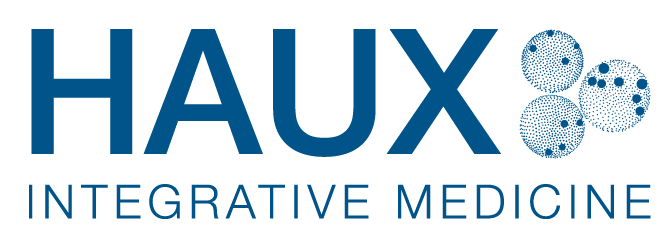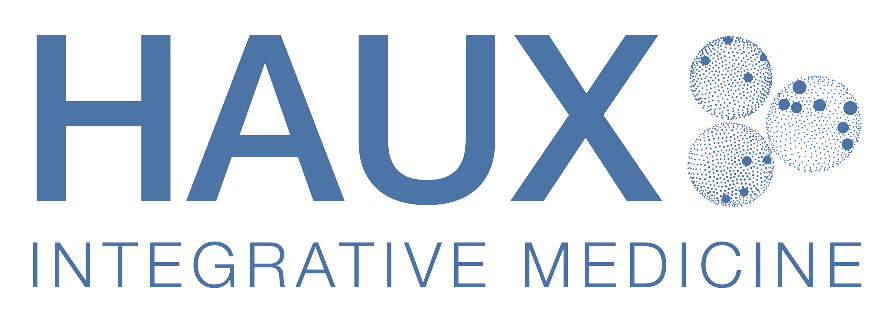Services
IHHT oxygen therapy
IHHT Oxygen Therapy
Cellular Vitality Made Simple
Boost your cellular performance with a gentle, relaxing, and highly effective approach.
By carefully applying low-oxygen air, the body can experience the beneficial effects of altitude training—long known for its impact on endurance and recovery in elite sports.
Intermittent Oxygen Therapy, also known as Interval Hypoxia-Hyperoxia Training (IHHT), plays a key role in various therapeutic strategies. This technique delivers targeted regulatory stimuli, activating a range of health-supporting processes.
Importantly, IHHT encourages mitochondrial repair and regeneration—laying the groundwork for optimal energy production and enhanced vitality throughout daily life.
It's about energy, your energy!
IHHT in Houston, Texas, the Intermittent Oxygen Therapy
What effect does intermittent oxygen therapy have on the body?
It is well-established in professional football and Olympic-level athletics that training in high-altitude environments, where oxygen levels are reduced, can produce the following performance-enhancing effects:
To enhance cellular metabolism and elevate energy output
To stimulate erythropoietin (EPO) production, boosting red blood cell formation and enhancing oxygen delivery throughout the bloodstream, and.
To stimulate leptin release, which helps suppress appetite and reduce sensations of hunger.
In Intermittent Oxygen Therapy, also known as IHHT training, the patient alternates between breathing oxygen-rich (hyperoxic) and oxygen-deprived (hypoxic) air. This method mimics the effects of high-altitude training, aiming to enhance physical performance and endurance.
How can IHHT training be used for therapeutic purposes?
Intermittent Oxygen Therapy (IHHT) serves as a valuable and supportive element across multiple therapeutic approaches.
This therapy delivers essential regulatory impulses that support cellular metabolism and stimulate the formation of new red blood cells. In turn, this boosts oxygen delivery and enhances energy production throughout the body.
Chronic inflammation can be disrupted, allowing regulatory mechanisms in the immune system, as well as sugar and fat metabolism, to be rebalanced and function in a healthier, more sustainable way.
Mitochondrial function—essential for overall energy production and related cellular processes—is restored to a balanced, healthy state.
Which parts of the body can benefit from IHHT therapy?
IHHT cellular training enhances oxygen utilization across multiple organ systems, improving cellular respiration in critical areas such as the heart, brain, kidneys, liver, and muscles.

Improved Performance

Greater Endurance

Improved Psychological Well-being
Increased vitality and performance with IHHT
Recent research suggests that controlled exposure to hypoxia—a state of reduced oxygen in the blood—can significantly aid in the regeneration of mitochondria, the energy-producing structures within our cells. This regeneration enhances the production of ATP, the essential fuel that powers cellular functions.
Over time, factors such as aging, stress, environmental toxins, and poor nutrition contribute to mitochondrial damage, resulting in decreased ATP production and symptoms like fatigue, burnout, and diminished vitality.
Evidence now points to mitochondrial inefficiency as a key driver of aging, as well as a contributing factor to many chronic illnesses. Restoring healthy mitochondrial function is therefore vital, and can be supported through targeted mitochondrial nutrients and Interval Hypoxia-Hyperoxia Training (IHHT).
IHHT therapy stimulates the growth of new, healthy mitochondria while promoting the selective breakdown of damaged ones. It also helps:
Normalize antioxidant metabolism
Regulate free radicals to physiologically safe levels
Activate essential metabolic enzymes and core bodily processes
Together, these effects support cellular health, energy production, and overall well-being.
Positive Effects of IHHT
Potential Benefits of IHHT Therapy Include:
Enhanced physical and cognitive performance
Revitalization of mitochondria, promoting efficient ATP production and slowing mitochondrial aging
Strengthened immune defense mechanisms
Enhanced resilience to stress
Harmonization of autonomic nervous system function
Sharper mental focus and improved concentration
Enhanced defense against oxidative stress and greater resilience to chronic fatigue and burnout
Stimulated fat metabolism, supporting healthy weight management
Improved cellular oxygenation, boosted circulation, and cardiovascular support
Accelerated recovery and reduced regeneration time
The Nobel Prize in 2019 validated a technique long embraced by elite athletes
For decades, elite athletes in soccer and Olympic disciplines have trained in high-altitude regions—such as the Andes in South America and the Pyrenees in France and Spain—to boost their performance. The practice, known as oxygen altitude training, is not just tradition—it’s backed by medical research.
In 2019, the Nobel Prize in Medicine was awarded to Sir Peter Ratcliffe (UK), William Kaelin, and Gregg Semenza (USA) for their groundbreaking discovery of how cells detect and adapt to varying oxygen levels in their environment—a process known as the molecular mechanisms of oxygen sensing.
Their work shed light on how the body, especially muscle cells, responds to oxygen fluctuations during intense physical exertion. This adaptation mechanism enables cells to:
Increase levels of erythropoietin (EPO), stimulating the production of red blood cells to enhance oxygen transport
Promote the formation of new blood vessels
Contribute to the fine regulation of the immune system and other vital physiological functions
Oxygen regulation, as revealed by their research, plays a crucial role in numerous diseases and opens new avenues in fields such as cancer research and metabolic therapy.
IHHT oxygen therapy in practice
How does IHHT therapy work in our practice? Preparation, implementation, and support, preliminary examination and patient consultation
If you are new to our practice, we will begin with a thorough medical history to assess your health status, review the indication, and provide you with comprehensive advice—including possible accompanying procedures that you can perform comfortably from home.
For sustained training success, we recommend at least 10 sessions. A compact schedule (2 sessions per week), if time permits, has proven particularly effective.
Please plan approximately 1 hour per training session.
Before starting IHHT therapy, we conduct metabolic and heart rate variability measurements to precisely adjust your IHHT treatment. You will also receive your customized breathing mask for future IHHT training sessions.
Conducting a session or IHHT treatment and care
During the IHHT treatment, you’ll relax on a comfortable couch in our naturopathic practice. Through a breathing mask, you’ll breathe alternating low and high concentrations of oxygen for approximately 40 minutes.
A pre-set individual target value for arterial oxygen saturation is safely maintained by intelligent control (Safety Cut Off).
During the treatment, you will receive attentive, individualized care, and your blood oxygen concentration will be continuously monitored. Measurement data is displayed in real time and recorded for later analysis.
This way, you can not only perceive your subjective improvements, but also use objective measurement results.
Connect With Us
Do you have specific complaints or diagnoses?
Cardiovascular diseases
Burnout, chronic fatigue syndrome, CFS or depression
Diabetes
Eye diseases
Neurodegenerative disorders including Lyme disease
Post Covid/Post VAC Syndrome
Or would you like to:
Simply increase your physical and mental performance
Improve your fitness
Maybe even lose weight
We would be happy to advise you on how interval hypoxia-
hyperoxia therapy (IHHT) can be used individually for you.
IHHT oxygen therapy
IHHT oxygen therapy: a bit like
exercising in the mountains.
IHHT oxygen training
We need your consent to load this video.
We use a third-party service to embed video content, which may collect data about your activity. Please review the details in the privacy policy and accept the service to watch the video.
Facts about mitochondria
We need your consent to load this
video.
We use a third-party service to embed
video content, which may collect data
about your activity. Please review the details
in the privacy policy and accept the service to watch the video.

